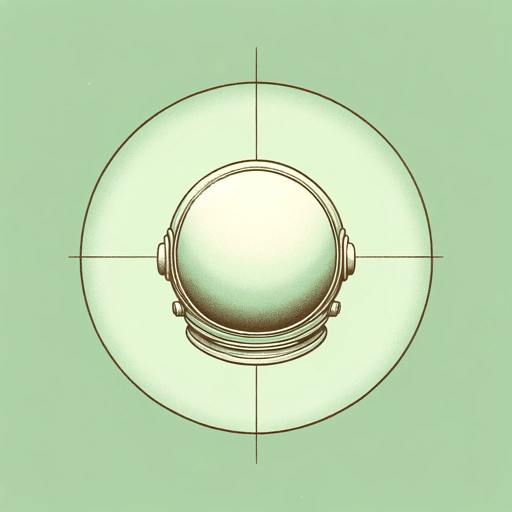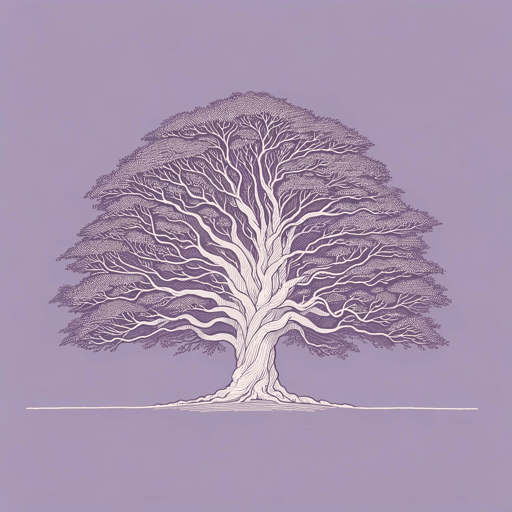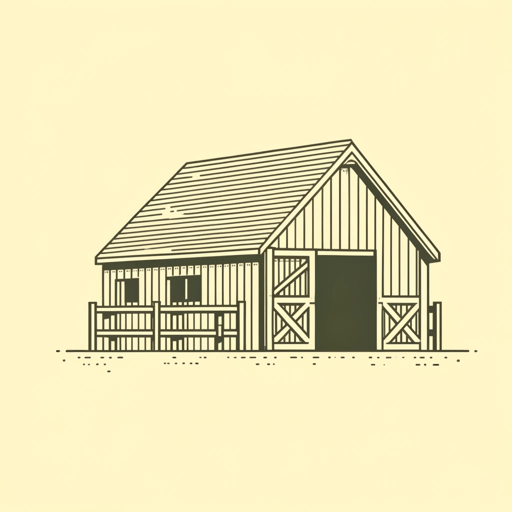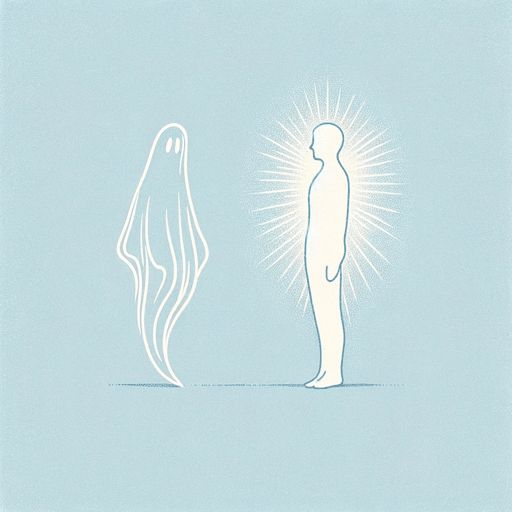66 pages • 2 hours read
C. S. LewisThe Great Divorce
Fiction | Novel | Adult | Published in 1945A modern alternative to SparkNotes and CliffsNotes, SuperSummary offers high-quality Study Guides with detailed chapter summaries and analysis of major themes, characters, and more. For select classroom titles, we also provide Teaching Guides with discussion and quiz questions to prompt student engagement.
Symbols & Motifs
The Valley of the Shadow of Life
Although readers may spend the book’s early chapters thinking the bus passengers have arrived in Heaven, the passengers are actually only in the Valley of the Shadow of Life. The Spirits indicate that the mountainous area they can see in the distance is Heaven. “The Valley of the Shadow of Life” is an idea Lewis invented for the novel rather than one that appears in the Bible, although the name references the biblical Psalmist’s mention of “the valley of the shadow of death” in Psalm 23. The area functions as an entryway or precursor to Heaven, a place that is much like Heaven in its beauty, weight, and solidity, but missing the key Heavenly element: God’s direct presence.
Lewis’s inclusion of an entryway area preceding Heaven in all its fullness reinforces his theme of humankind’s ability for self-deception. Many people do not believe in Heaven and Hell simply because they have no evidence that either exists. However, in Lewis’s telling, even the verification of Heaven through sensory evidence—the ability to see it on the horizon and to experience the kind of place that it is—would not persuade those who are determined not to believe. The Valley also solves the problem of representing Heaven itself directly, which the novel implies would be impossible; as a Spirit tells the artist, Heaven and God are ultimate realities that artistic representations can only gesture towards.
Related Titles
By C. S. Lewis

A Grief Observed
C. S. Lewis

Mere Christianity
C. S. Lewis

Out of the Silent Planet
C. S. Lewis

Perelandra
C. S. Lewis

Prince Caspian
C. S. Lewis

Surprised by Joy
C. S. Lewis

That Hideous Strength
C. S. Lewis

The Abolition of Man
C. S. Lewis

The Discarded Image
C. S. Lewis

The Four Loves
C. S. Lewis

The Horse And His Boy
C. S. Lewis

The Last Battle
C. S. Lewis

The Lion, the Witch and the Wardrobe
C. S. Lewis

The Magician's Nephew
C. S. Lewis

The Problem of Pain
C. S. Lewis

The Screwtape Letters
C. S. Lewis

The Silver Chair
C. S. Lewis

The Voyage of the Dawn Treader
C. S. Lewis

Till We Have Faces
C. S. Lewis
Featured Collections
Allegories of Modern Life
View Collection
Christian Literature
View Collection
Fear
View Collection
Forgiveness
View Collection
Good & Evil
View Collection
Grief
View Collection
Order & Chaos
View Collection
Religion & Spirituality
View Collection
Required Reading Lists
View Collection
Trust & Doubt
View Collection
Valentine's Day Reads: The Theme of Love
View Collection

